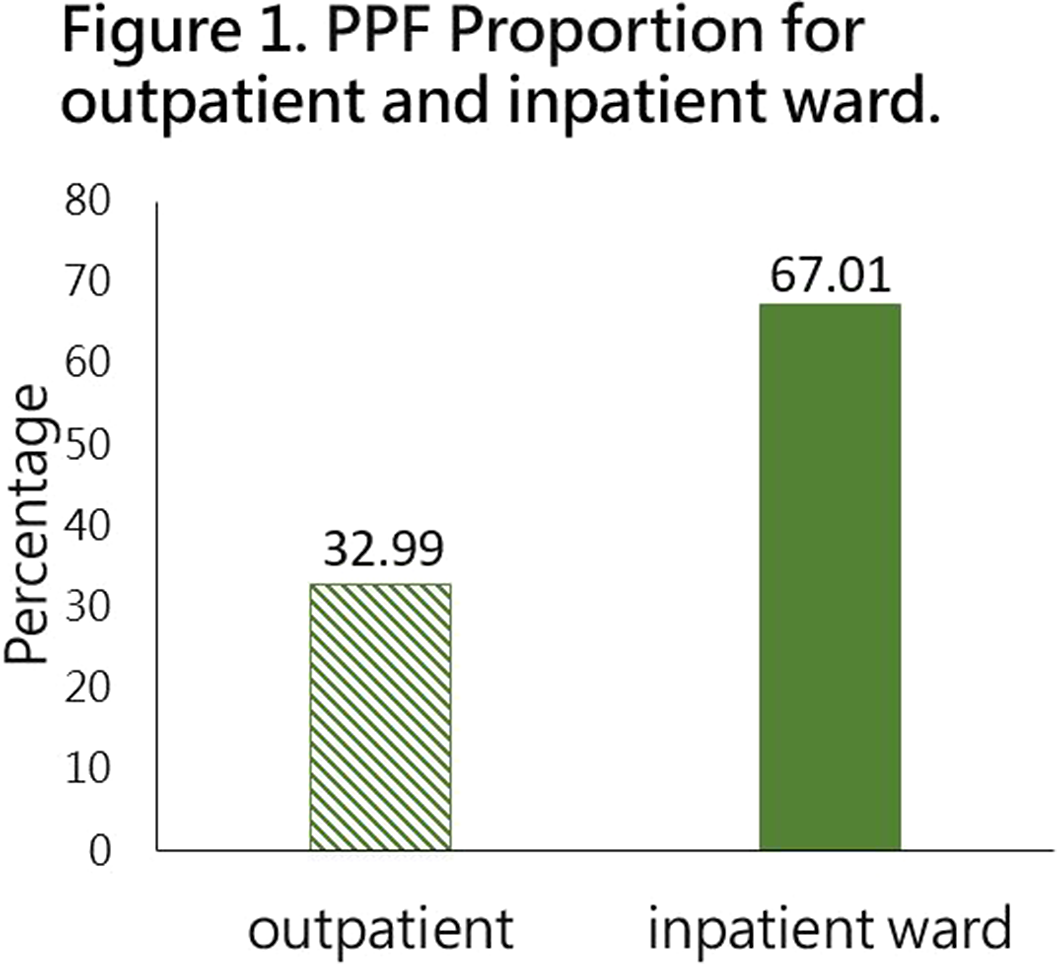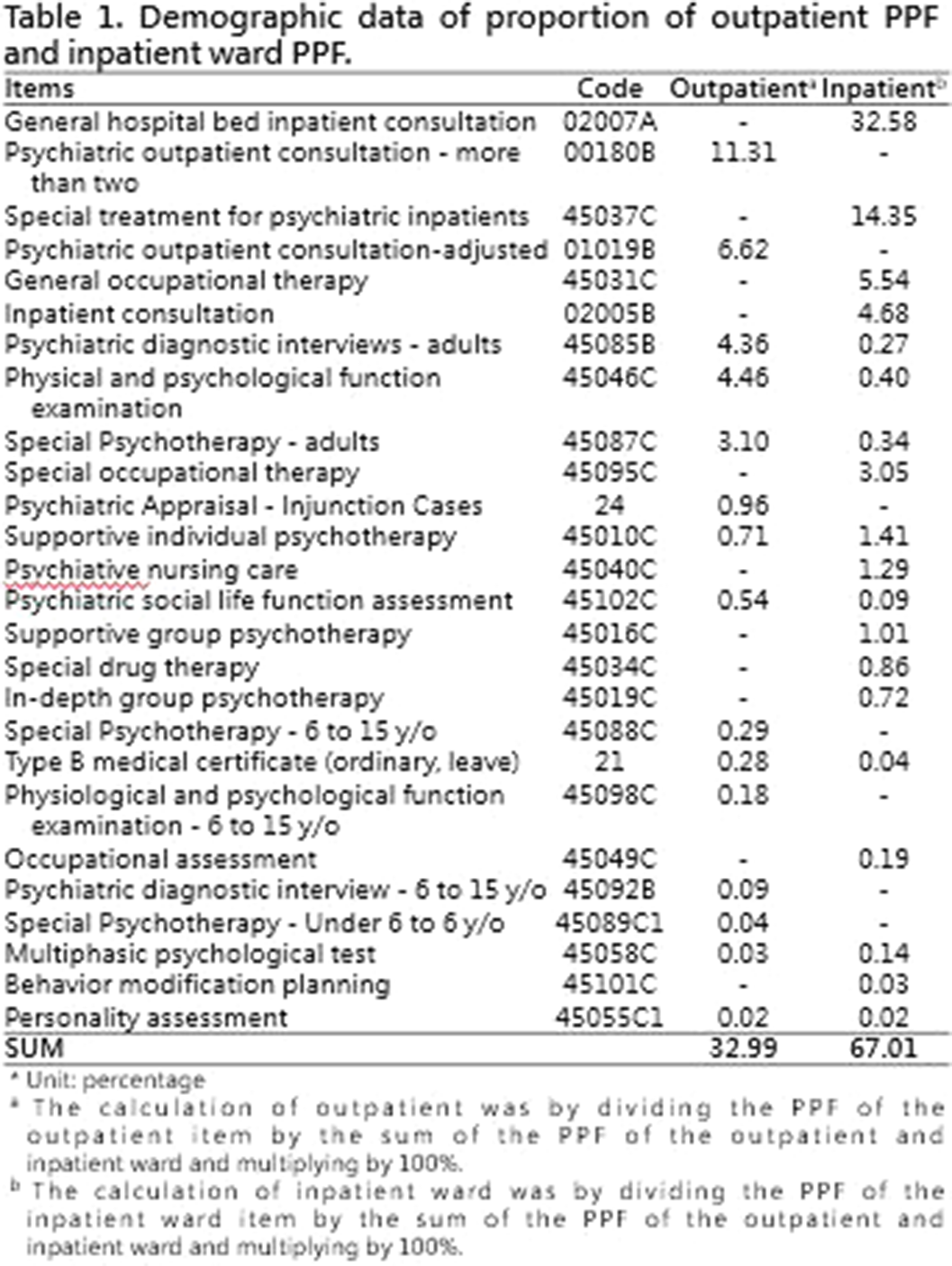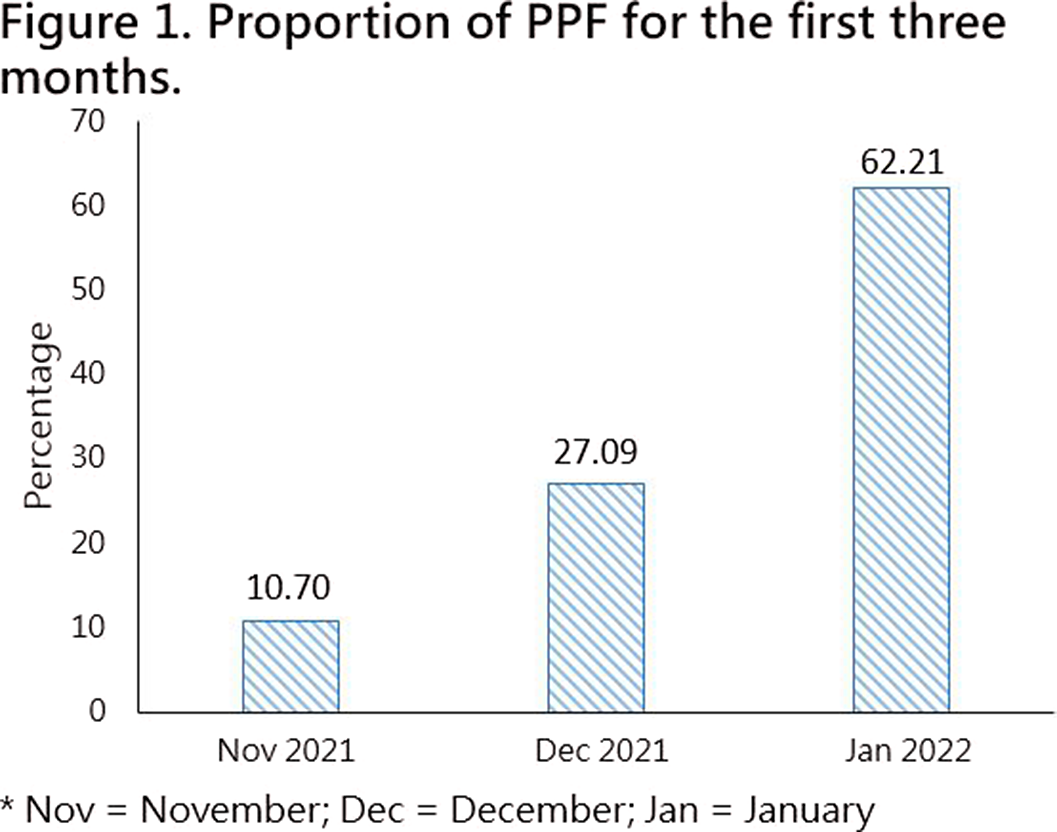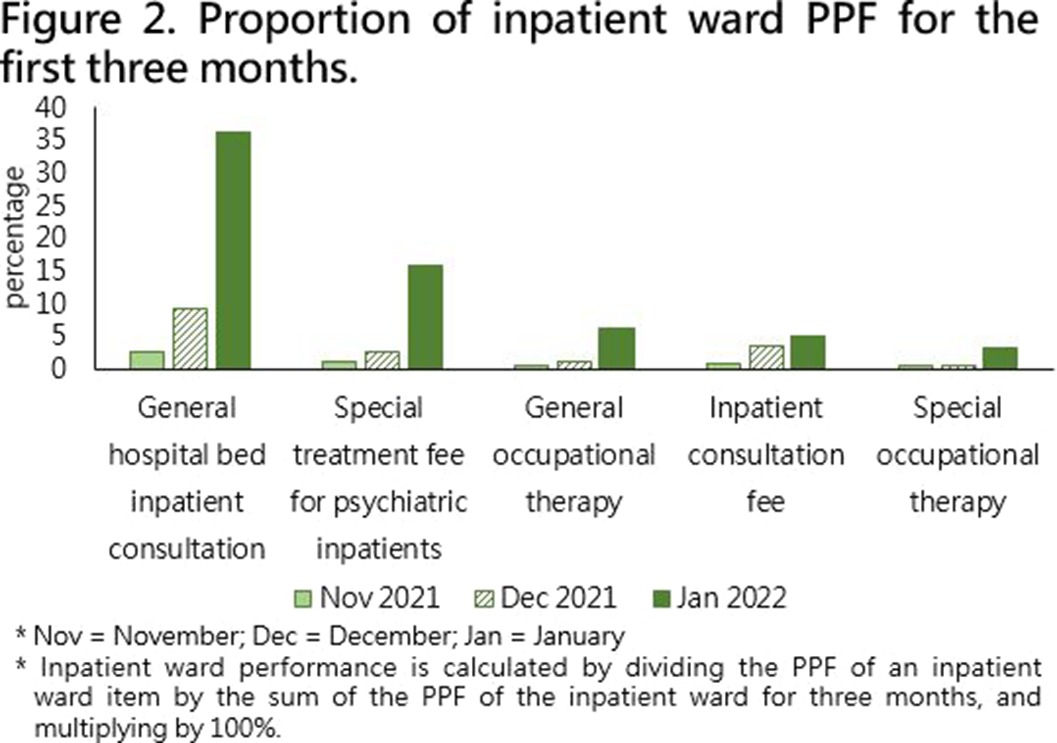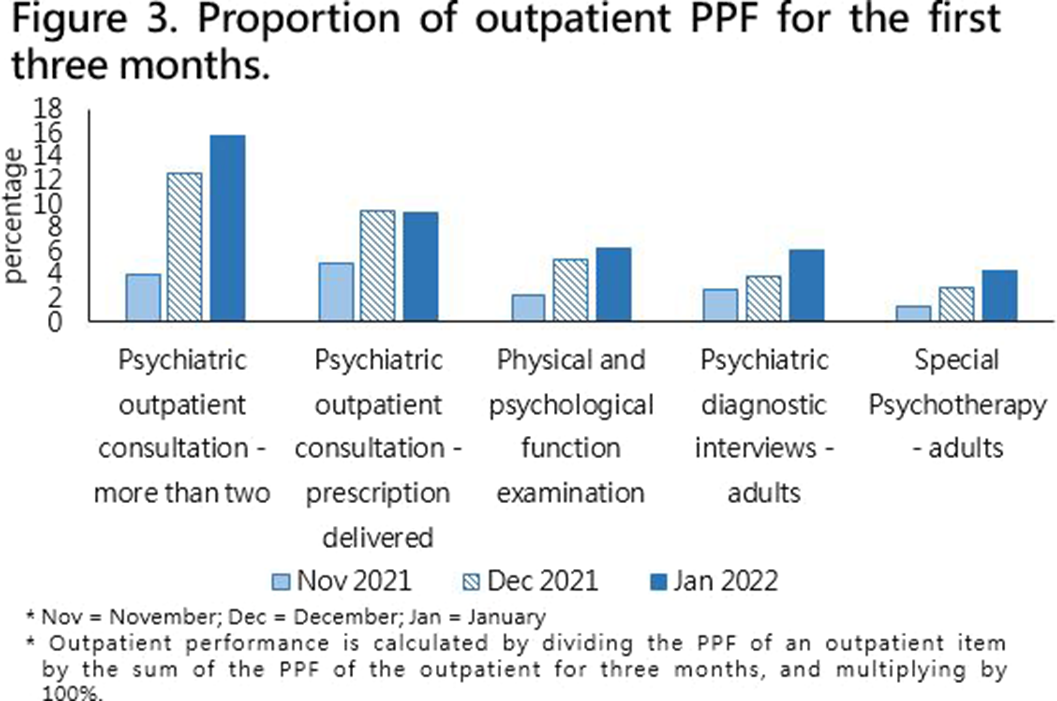582 results
Interactions enhance dispersion in fluctuating channels via emergent flows
-
- Journal:
- Journal of Fluid Mechanics / Volume 972 / 10 October 2023
- Published online by Cambridge University Press:
- 27 September 2023, A8
-
- Article
-
- You have access
- Open access
- HTML
- Export citation
The Rapid ASKAP Continuum Survey IV: continuum imaging at 1367.5 MHz and the first data release of RACS-mid
-
- Journal:
- Publications of the Astronomical Society of Australia / Volume 40 / 2023
- Published online by Cambridge University Press:
- 02 August 2023, e034
-
- Article
-
- You have access
- Open access
- HTML
- Export citation
Taiwan National Health Insurance and the Difference between Proportional Physician Fee of Outpatient and Inpatient Ward in General Hospital during the COVID-19 pandemic : Case Report
-
- Journal:
- European Psychiatry / Volume 66 / Issue S1 / March 2023
- Published online by Cambridge University Press:
- 19 July 2023, pp. S310-S311
-
- Article
-
- You have access
- Open access
- Export citation
Facing the COVID-19 pandemic – an assessment of students’ mental health and major coping strategies during the COVID-19 pandemic – an international study
-
- Journal:
- European Psychiatry / Volume 66 / Issue S1 / March 2023
- Published online by Cambridge University Press:
- 19 July 2023, pp. S152-S153
-
- Article
-
- You have access
- Open access
- Export citation
Characteristics of Adults Hospitalized for a Major Depressive Disorder: Results from the Multicenter OASIS-D Study
-
- Journal:
- European Psychiatry / Volume 66 / Issue S1 / March 2023
- Published online by Cambridge University Press:
- 19 July 2023, pp. S346-S347
-
- Article
-
- You have access
- Open access
- Export citation
Taiwan National Health Insurance and Proportional Physician Fee of Psychiatrist in General Hospital during the COVID-19 pandemic : Case Report
-
- Journal:
- European Psychiatry / Volume 66 / Issue S1 / March 2023
- Published online by Cambridge University Press:
- 19 July 2023, pp. S1029-S1030
-
- Article
-
- You have access
- Open access
- Export citation
Amisulpride Augmentation in Schizophrenia Patients with Poor Response to Olanzapine: A 4-week, Randomized, Rater-Blind, Controlled, Pilot Study
-
- Journal:
- European Psychiatry / Volume 66 / Issue S1 / March 2023
- Published online by Cambridge University Press:
- 19 July 2023, p. S1093
-
- Article
-
- You have access
- Open access
- Export citation
Adaptive reinforcement learning control for a class of missiles with aerodynamic uncertainties and unmodeled dynamics
-
- Journal:
- The Aeronautical Journal / Volume 128 / Issue 1320 / February 2024
- Published online by Cambridge University Press:
- 06 July 2023, pp. 292-308
-
- Article
- Export citation
Accelerated protons with energies up to 70 MeV based on the optimized SG-II Peta-watt laser facility
-
- Journal:
- High Power Laser Science and Engineering / Volume 11 / 2023
- Published online by Cambridge University Press:
- 30 June 2023, e63
-
- Article
-
- You have access
- Open access
- HTML
- Export citation
P.104 Grade 3 meningioma survival, recurrence and functional outcomes in an international multicenter cohort
-
- Journal:
- Canadian Journal of Neurological Sciences / Volume 50 / Issue s2 / June 2023
- Published online by Cambridge University Press:
- 05 June 2023, p. S85
-
- Article
-
- You have access
- Export citation
Post-operative vestibular and equilibrium evaluation in patients with cholesteatoma-induced labyrinthine fistulas
-
- Journal:
- The Journal of Laryngology & Otology / Volume 138 / Issue 1 / January 2024
- Published online by Cambridge University Press:
- 20 April 2023, pp. 16-21
- Print publication:
- January 2024
-
- Article
- Export citation
Revisiting reward impairments in schizophrenia spectrum disorders: a systematic review and meta-analysis for neuroimaging findings
-
- Journal:
- Psychological Medicine / Volume 53 / Issue 15 / November 2023
- Published online by Cambridge University Press:
- 30 March 2023, pp. 7189-7202
-
- Article
- Export citation
Depolarization of intense laser beams by dynamic plasma density gratings
-
- Journal:
- High Power Laser Science and Engineering / Volume 11 / 2023
- Published online by Cambridge University Press:
- 23 February 2023, e37
-
- Article
-
- You have access
- Open access
- HTML
- Export citation
Nonlinear excitation of geodesic acoustic mode by reversed shear Alfvén eigenmodes in non-uniform plasmas
- Part of
-
- Journal:
- Journal of Plasma Physics / Volume 88 / Issue 6 / December 2022
- Published online by Cambridge University Press:
- 17 November 2022, 895880601
-
- Article
-
- You have access
- HTML
- Export citation
Polymer-coated urea application can increase both grain yield and nitrogen use efficiency in japonica-indica hybrid rice
-
- Journal:
- The Journal of Agricultural Science / Volume 161 / Issue 1 / January 2023
- Published online by Cambridge University Press:
- 17 November 2022, pp. 51-59
-
- Article
- Export citation
Impact of the COVID-19 pandemic on maternal mental health during pregnancy: The CONCEPTION study – Phase I
-
- Journal:
- European Psychiatry / Volume 65 / Issue S1 / June 2022
- Published online by Cambridge University Press:
- 01 September 2022, pp. S209-S210
-
- Article
-
- You have access
- Open access
- Export citation
Prediction and copy number variation identification of ZNF146 gene related to growth traits in Chinese cattle
-
- Journal:
- The Journal of Agricultural Science / Volume 160 / Issue 5 / October 2022
- Published online by Cambridge University Press:
- 10 August 2022, pp. 404-412
-
- Article
- Export citation
Acceleration of 60 MeV proton beams in the commissioning experiment of the SULF-10 PW laser
- Part of
-
- Journal:
- High Power Laser Science and Engineering / Volume 10 / 2022
- Published online by Cambridge University Press:
- 03 August 2022, e26
-
- Article
-
- You have access
- Open access
- HTML
- Export citation
Anterior cingulate glutamate levels associate with functional activation and connectivity during sensory integration in schizophrenia: a multimodal 1H-MRS and fMRI study
-
- Journal:
- Psychological Medicine / Volume 53 / Issue 11 / August 2023
- Published online by Cambridge University Press:
- 06 July 2022, pp. 4904-4914
-
- Article
- Export citation
Cooperative guidance for active defence based on line-of-sight constraint under a low-speed ratio
-
- Journal:
- The Aeronautical Journal / Volume 127 / Issue 1309 / March 2023
- Published online by Cambridge University Press:
- 08 June 2022, pp. 491-509
-
- Article
- Export citation










